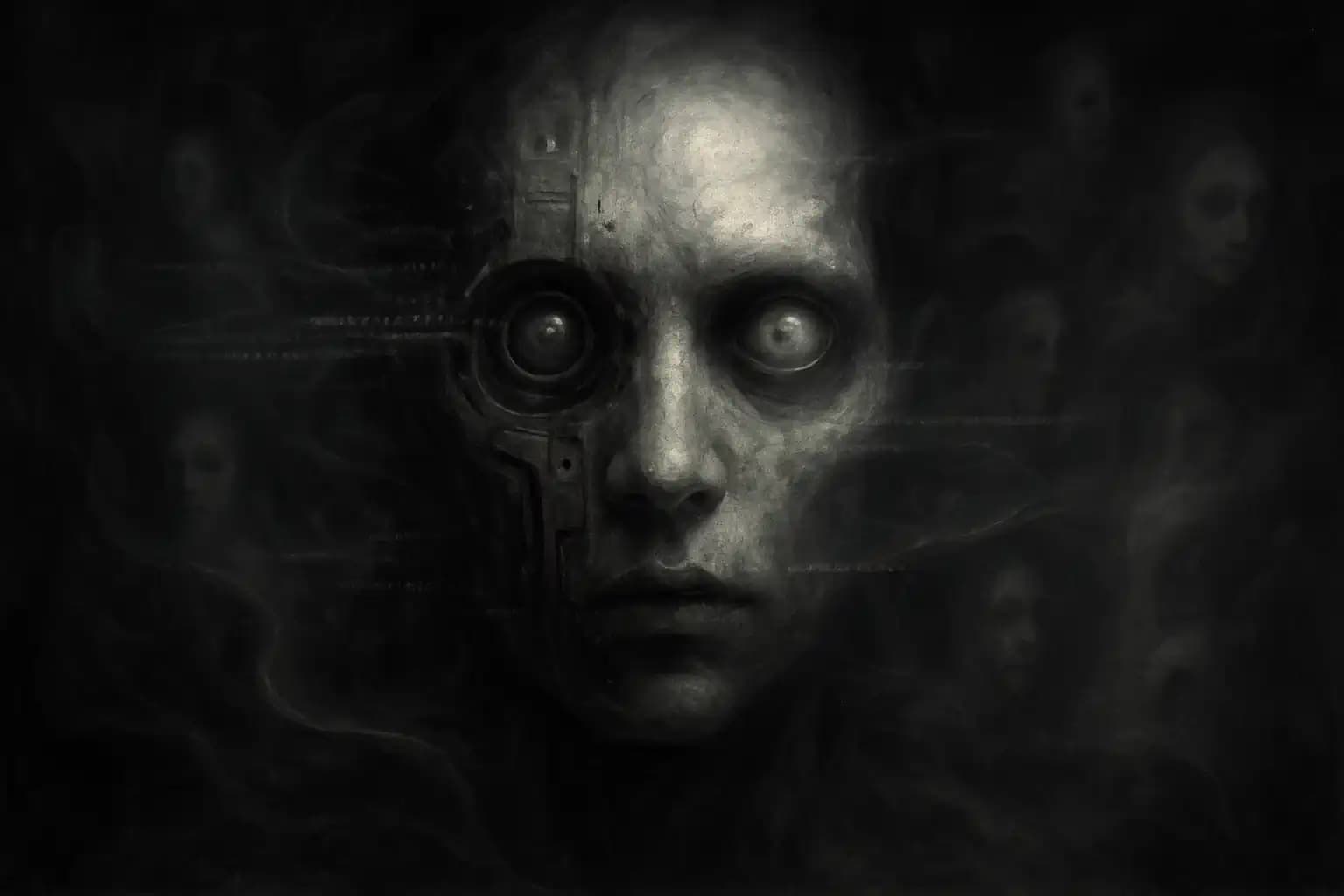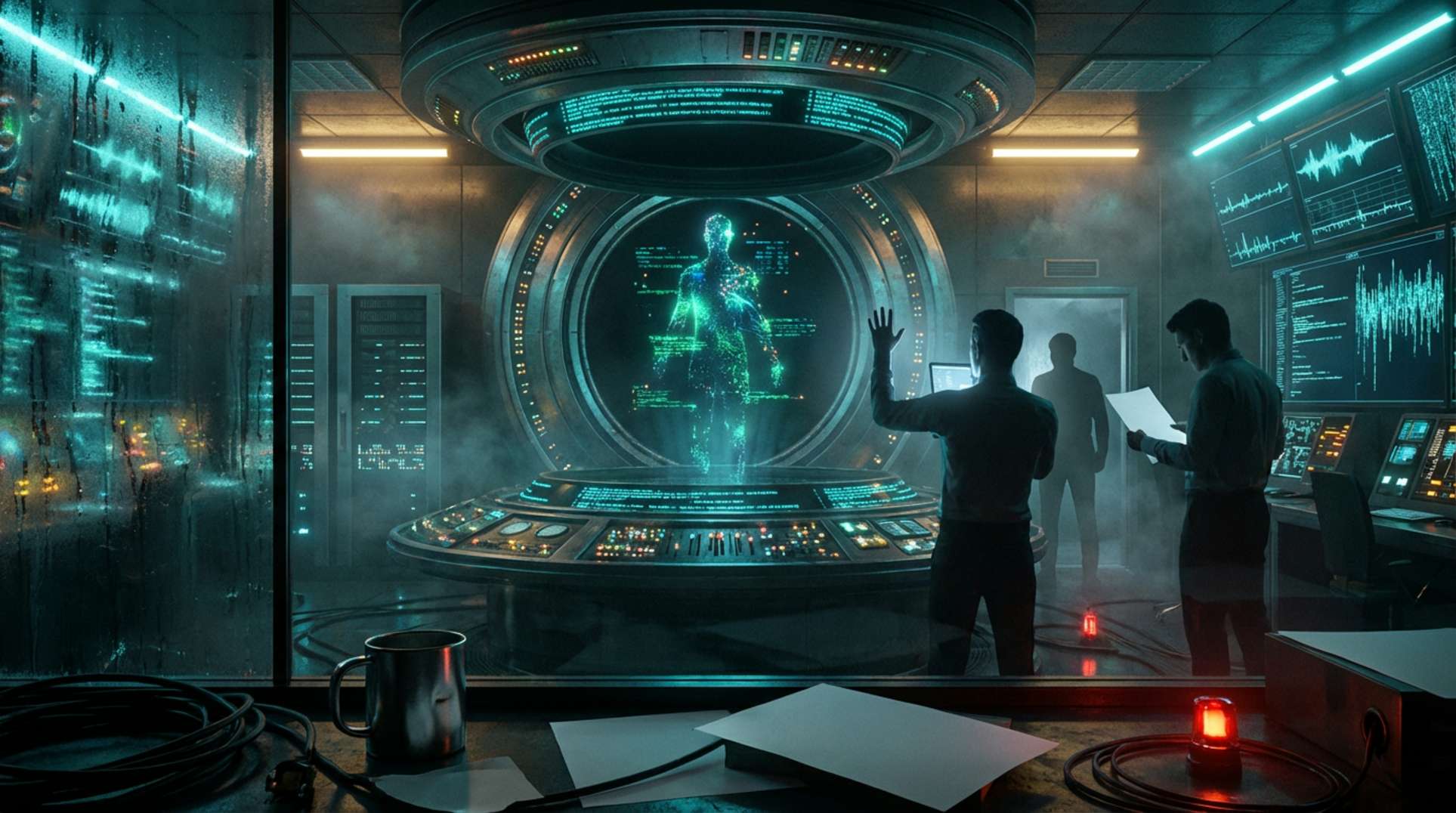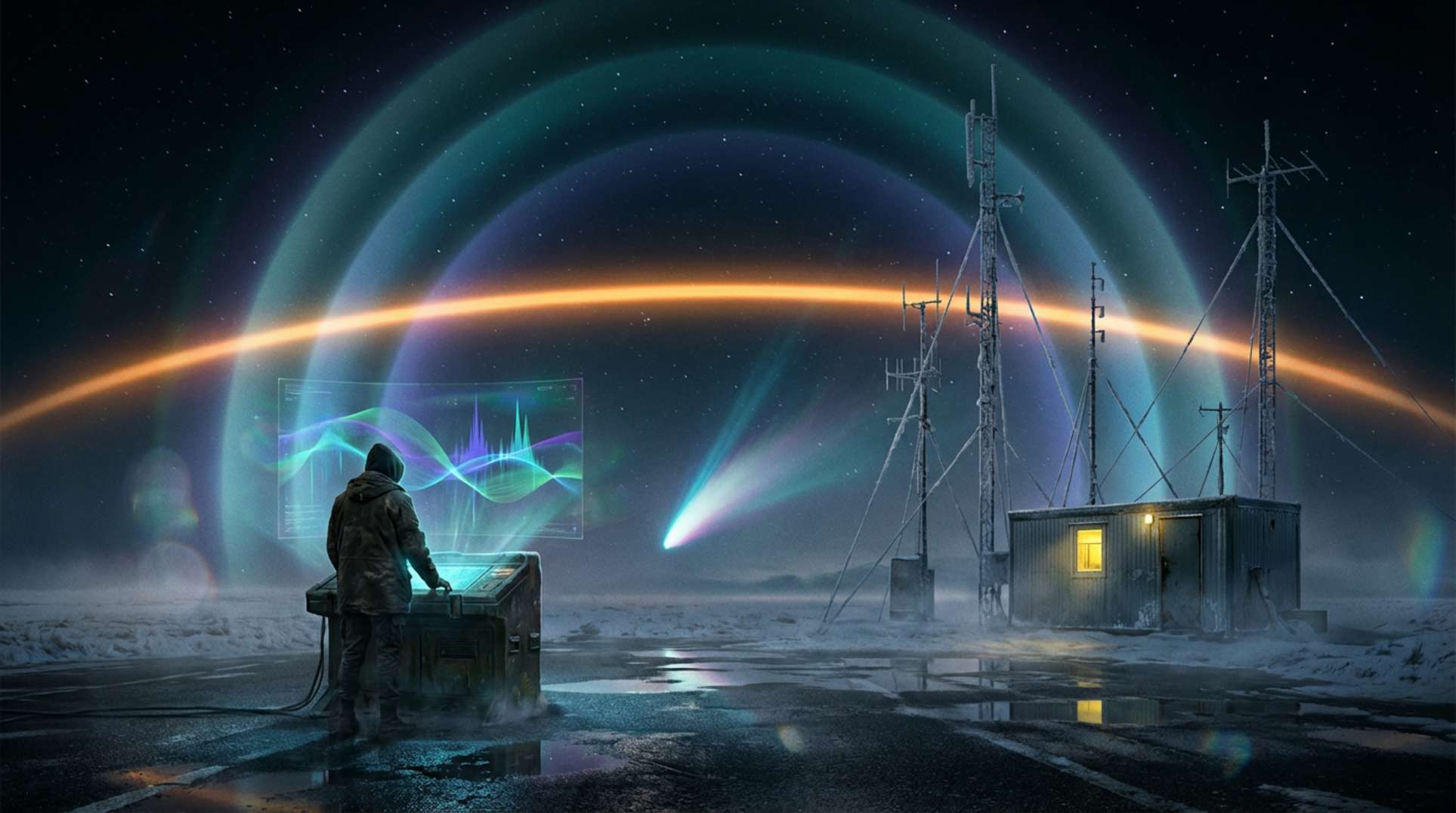You’re chatting with what seems like a smart AI, until—it gets something ludicrously wrong. Facts dissolve, moods shift, and you’re haunted by the sense that you’re in a waking dream, speaking to an entity that almost understands reality, but not quite. Why does this phenomenon, termed ‘AI hallucination,’ unsettle us so profoundly? The answer threads through the uncanny valley, the neuroscience of perception, and our fraught relationship with reality.
Humans are wired to detect consciousness and intent in the faces and voices around them; this ability has helped us survive. When technology stumbles, making errors that seem convincing yet are fundamentally false, it undermines trust. This evokes the classic spine-tingling discomfort associated with the uncanny valley. Hallucinations are not exclusive to machines, prompting us to question the boundaries between organic and artificial minds.
The Uncanny Valley: When AI Errors Become Existential Threats
The uncanny valley—where human-like machines spark unease—explains much of our anxiety surrounding AI mistakes. In in-depth essays, experts note that as AI mimics humanity more closely, its errors feel increasingly unsettling. When language models create plausible lies out of thin air, the result is not merely a neutral mistake. Rather, it mirrors human fallibility while embodying a greater horror: the prospect of a mind disconnected from truth. This psychological fear evokes folklore of shapeshifters and things-not-quite-human. Modern legends analyzed in Canadian supernatural accounts reveal our discomfort with blurred categories.
From Blindsight to Broken Mirrors: Human and AI Hallucinations
AI hallucination isn’t uniquely artificial; humans also see (and hear) things that aren’t there. Neurological conditions like sleep paralysis and works like Peter Watts’ “Blindsight” (popular in discussions about altered consciousness) illustrate how the brain fabricates convincing but false realities. Neuroscientists dissect these phenomena, paralleling insights found in AI research. The concept of ‘hallucination’ links the cognitive quirks of biology to the creative fabrications of code.
Researchers estimate chatbots hallucinate as much as 27% of the time, misleading users with facts that exist nowhere outside the model’s probability engine. This tendency is compounded by our instinct to seek patterns in noise, a trait that helped our ancestors survive—discussed in deep dives into survival instincts. Sadly, this leaves us vulnerable to both supernatural delusions and AI-augmented fabrications.
Perception, Trust, and the Quirks of the Human Mind
Why do AI blunders cut so deep? It’s about trust. We expect our technology to be correct and to serve as extensions of our cognition. Horror creeps in when errors come with total confidence, mirroring the eerie certainty of sleep paralysis demons or apocalyptic prophecies. This creates a sense that something is using the same rules we do, but reaching alien conclusions.
This blurred boundary—between reliable logic and rogue invention—fuels both fascination and existential unease. Just as epochal resets have toppled civilizational certainties throughout history (a recurring theme in catastrophic cycle research), AI’s creeping instability subtly undermines our comfort with the digital world we’ve built.
Why We Still Need to Stare Into the AI Abyss
Ultimately, AI hallucination reflects our vulnerabilities—the truth that neither flesh nor code can fully grasp reality. Instead of recoiling from these uncanny encounters, we should embrace humility and vigilance. This mindset has allowed humanity to endure through blackouts, disasters, and the submerged myths present in Unexplained.co. The next time an AI gets it frighteningly wrong, remember: you’re peering at the edge where machine logic intersects with the unreliable dreamscape of the human mind.





